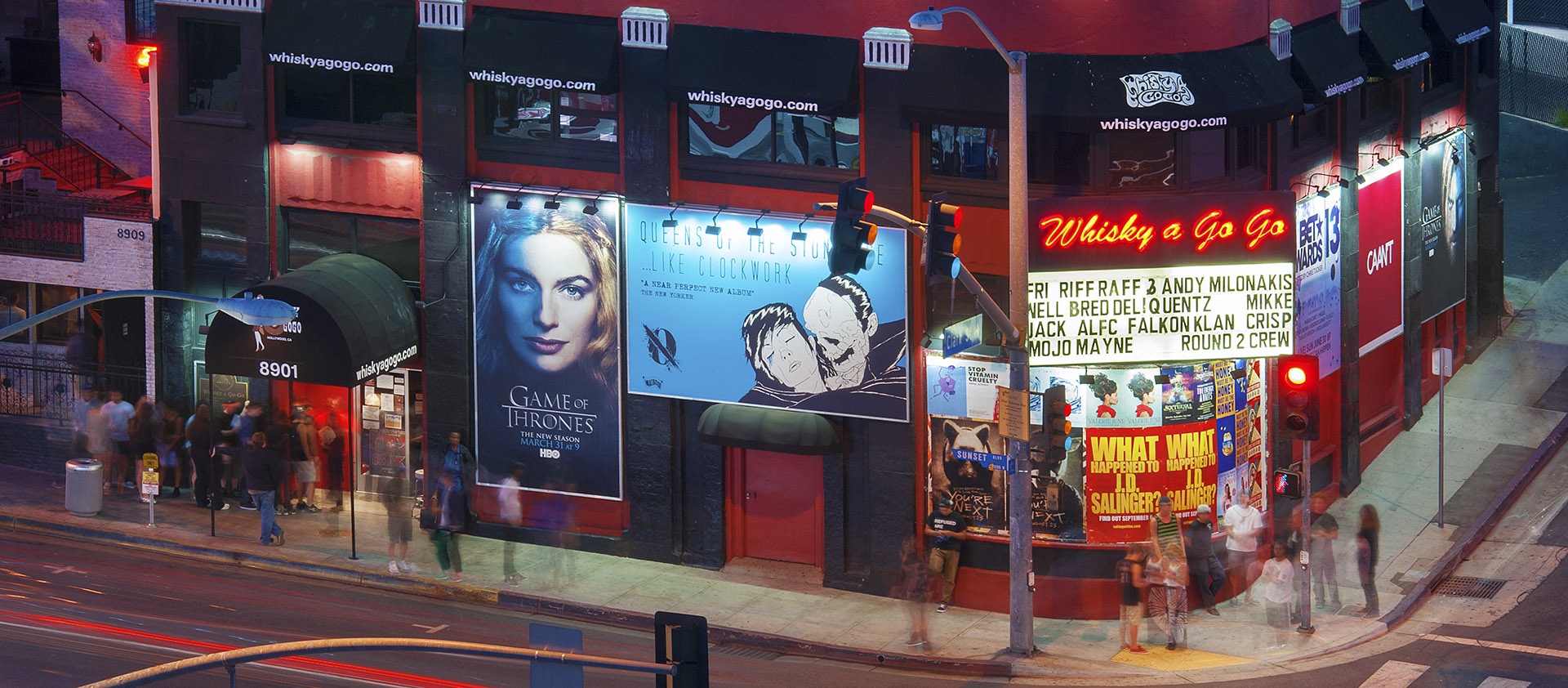

Before they played the Whisky, the Byrds were the house band at Ciro’s just up the Strip. The Byrds were also responsible for getting better acts at the Whisky, like Frank Zappa’s Mothers of Invention, says Domenic Priore, author of Riot On the Sunset Strip: Rock’n’Roll’s Last Stand in Hollywood. They took the Dylan songs, we electrified ʼem and rock ʼnʼ rolled ʼem, and kids came from everywhere. It became a scene more than a place, where fans and musicians intermingled, new groups could experiment and the “freaks” flocked to the shows.Īs famed Columbia Records producer Terry Melcher told Vanity Fair, “The Byrds were the catalyst- they brought all the kids to the Strip. The club soon became the hub of this remarkably fertile scene and the main hangout for such influential local bands as the Byrds, Buffalo Springfield and Frank Zappa and the Mothers. When there wasn’t a big name in town, Valentine also instituted a policy of showcasing local acts in the house band slot that included Love, Buffalo Springfield, and the Doors, just to name a few. The Whisky was not only the hub of the burgeoning local scene, it also played host to up-and-coming touring acts like Led Zeppelin, the Jimi Hendrix Experience, The Velvet Underground, Cream, the Who, the Animals, the Kinks and countless others. While acts like Johnny Rivers and Billy Lee Riley first set the stage at the Whisky, Adler and Valentine started to book more sophisticated folk-rock and psychedelic garage rock acts in late 1965 – ostensibly establishing Los Angeles as the seat of American pop in the 60s. Soon enough, the Whisky effect led the ‘go go’ look to becoming standard on every single television variety show in the 60s. Thanks to the rock ‘n’ roll phenomenon happening on the Strip and the novelty of go-go girls, the Whisky quickly caught the attention of the national media, with a Life magazine write-up and Jack Paar broadcasting an episode of his weekly variety program from the club within months of opening. “LA started to happen, as far as the music business – it blew up”. “Once the Whisky started to happen, then Sunset Boulevard started to happen”, Adler told Vanity Fair. Valentine recognized Adler’s ear for talent and enlisted him to help book the club in its early days. Future music mogul and co-owner of the Roxy with Valentine, Lou Adler, produced Rivers’ live Whisky album and would become the invisible force behind the club’s star-making magic.

Rivers’ residency led him to become the Whiskyʼs star attraction for the first year of its existence and where he would record his hit record, Johnny Rivers at the Whisky a Go Go, in May of ʼ64. With no space on stage, he erected a glass-walled cage for the scantily clad DJ to save space (or so the story goes) and her spontaneous oscillations led the audience to believe it was part of the act.

Valentine’s idea to have female DJ’s spin the latest hits between live sets created the accidental phenomenon.

The club was sold out virtually every night with stars like Cary Grant, Johnny Carson and The Beatlesholding court in its tufted red booths. Since its opening night in January in 1964, the Whisky was a hit, with Johnny Rivers playing his Southern-fried brand of rock, rhythm and soul to a crowd of Hollywood stars while female DJ’s shimmed in cages above the dance floor – effectively unleashing the ‘go-go craze onto America. Capitalizing on the void left after all the big name artists decamped to the desert to play the big rooms of burgeoning Vegas instead of local nightclubs, Valentine’s club put the Strip back on the map of cultural consciousness in more ways than one. Opened by Elmer Valentine, a former Chicago cop, he would go down in the pantheons of music history for launching the careers of some of LA’s biggest icons and creating the template for rock clubs around the world. From its glitzy beginnings to its hair metal heyday, we’re tracing the history of one of the most storied clubs in America. It powered LA’s music scene for over 50 years and introduced an entire generation of music – from The Byrds and Buffalo Springfield to Frank Zappa and the Doors – to the rest of the world.Īn ornate Parisian-themed discotheque in Hollywood seems like an unlikely place for the golden age of LA rock, but nothing about the Whisky was ordinary. No other venue on LA’s notorious rock block can lay claim to so many legendary performances. Situated on a dusty corner of Sunset Strip, the Whisky a Go Go is a piece of living music history.


 0 kommentar(er)
0 kommentar(er)
